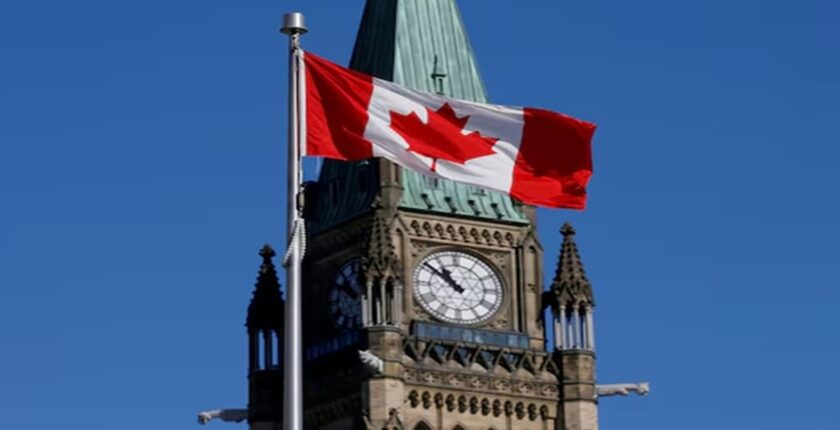Canada’s Foreign Student Visa Permits Drop 48%: Insights
In recent months, Canada has seen a notable shift in its approach to international student enrolment. The number of new study permits issued in 2024 dropped to about 267,890, marking a significant decrease of 48% from 2023 levels. This decline is approximately 100,000 permits short of the target set by the Immigration, Refugees and Citizenship Canada (IRCC) for the year.
Earlier this year, the IRCC announced a two-year cap on new study permits, aiming to reduce the number issued in 2024 to 364,000—excluding renewals and extensions. However, the actual figures show a sharp decline instead. Many Canadian institutions have reported declines in foreign enrolment ranging from 30% to 50%. Colleges and universities have already faced around 8,580 job losses due to this drop, significantly affecting public colleges in Ontario.
Why Are International Students Hesitant About Canada?
Several factors may explain the declining interest among international students. A major reason is the stricter limits on study permits. The processing of new applications fell by 32%, driven partly by the enrolment cap and shifting student preferences. Concerns regarding the ability to secure a study permit, worries about post-study work rights, and increased financial requirements may also deter potential applicants.
Interestingly, this enrolment decline isn’t limited to capped programs; even master’s and doctoral studies have seen reduced student interest. Additionally, approval rates for new study permits have sharply decreased. In 2024, only 48% of applications were approved, a significant drop from 59.8% in the previous year. This means that over half of all applicants faced rejection, which has understandably dissuaded many from applying.
What’s Next for Study Permits in Canada?
The IRCC initially set the cap for 2024 and 2025, but Immigration Minister Marc Miller recently extended the limits into 2026, with a target of 10% less than the 2024 figures. Canada has also outlined its strategic immigration plan for 2025-2027, which includes specific targets for temporary residents—including international students and temporary foreign workers—for the first time. The goal is to decrease the ratio of temporary residents in Canada to 5% by 2026. Despite a slight decline in this ratio from 7.35% in late 2024 to 7.12% by April 2025, Canada still aims to reach the 5% target by the end of 2027, as stated by Prime Minister Mark Carney.
Connecting the Dots: How This Affects Job Seekers
If you’re an international job seeker considering a move to Canada, understanding these developments is crucial. With the tightening of study permits, you may want to explore alternatives such as securing a job offer that provides visa sponsorship. Our website, VisaJobsCanada.com, specializes in connecting candidates with job opportunities that include visa support. Every listing is tailored for international applicants, which could be a great pathway to gaining both work experience and potential residency in Canada.
As the landscape for students and workers evolves, staying informed will be key. Make sure to follow developments in immigration policies and keep an eye on job opportunities that suit your skills and background.
What do you think?
Have a question about this topic or your own plans to move to Canada? Scroll down and leave a comment. We’d love to hear from you.

